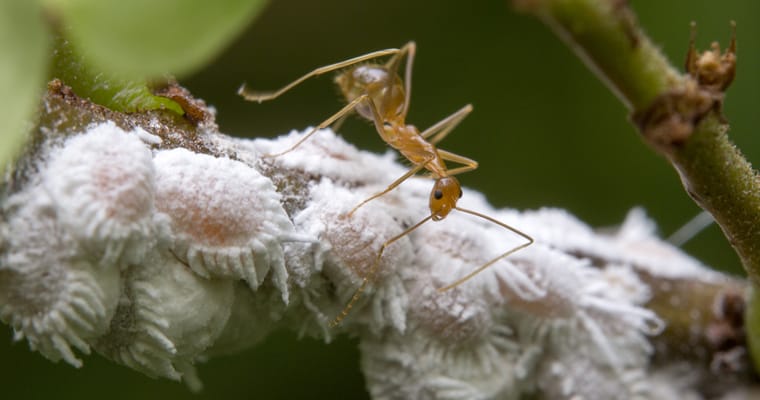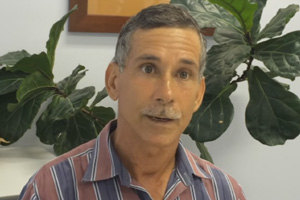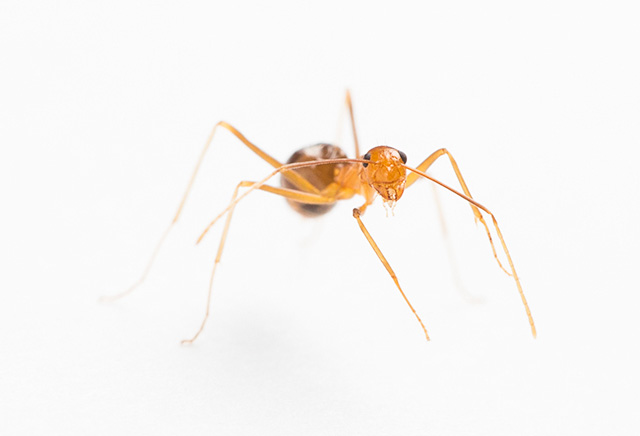Over the past three years our Queensland team Yvette, Bev and Janet have been quietly working away with locals in the small town of Nome south of Townsville to eradicate yellow crazy ants.
It’s vital work if we want to secure Queensland and Australia’s tropical north from the march of these invasive ants, which form giant super colonies that vacuum up small birds, lizards, frogs and even small mammals.
Can you donate now and help us secure enough money to rid the Townsville area of yellow crazy ants?
At stake is the wildlife of the dry tropics, the Wet Tropics World Heritage Area and species like the critically endangered Mt Elliot nursery frog.
Why we must stop crazy ants in their tracks
Even if you haven’t heard of yellow crazy ants you’d know about the massive damage they inflict on our wildlife.
A case in point? Yellow crazy ants are behind the deaths of up to 20 million Christmas Island red crabs. Yes, those iconic red crabs you see on the TV clambering across the island in their millions.
So far, mainland Australia has been lucky. Yes, we have pockets of yellow crazy ants, but in Queensland they are either being eradicated, such as around Cairns, or their numbers are not yet large enough to inflict such terrible harm on our wildlife.
Yvette, Bev and Janet have worked tirelessly with Townsville council staff and local volunteers to save Nome from yellow crazy ants.
And while we are now in the final stages of ensuring ants at Nome have been completely eradicated, there’s a bigger threat facing Townsville.
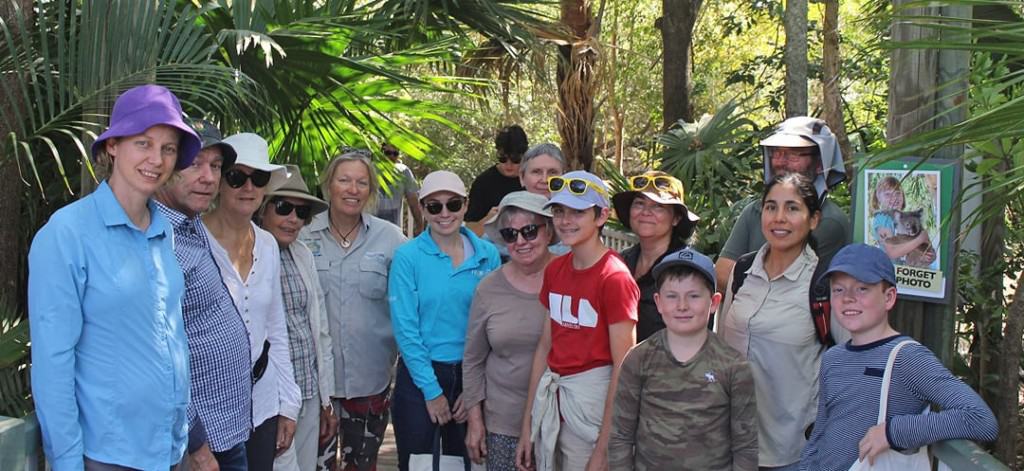
So close to winning
Six months ago we were on the cusp of declaring Nome free of yellow crazy ants. Then a new infestation turned up right at the edge of our survey area.
We were all devastated. Our staff and volunteers have put in a huge effort to eradicate yellow crazy ants, an ant so devastating that it is on the IUCN list of 100 of the world’s worst invasive species.
And there are three other areas with yellow crazy ants in Townsville that are not being treated at all.
Our funding for Bev and Janet’s work has run out, but regardless, they are still working on the Townsville Yellow Crazy Ant Community Taskforce as volunteers.

Can you help?
We need to secure enough money to rid the Townsville area of yellow crazy ants and the only way we can do that is with your help.
There are now five populations of yellow crazy ants encircling Townsville – at Nome, Black River, Mount St John and Douglas. The fifth population is the one found recently by Bev and Janet at Alligator Creek.
Eradication of the Nome infestation is on track. The four other infestation sites need urgent treatment and pose serious environment threats if allowed to spread.
- The Black River site is 8km from the southern end of the Wet Tropics World Heritage Area and just 5km from the only known population of the critically endangered Gulbaru gecko.
- The Mount St John site is close to Townsville Common, important wetlands that are home to 11 frog species and 280 recorded bird species, including magpie geese and brolgas.
- The Douglas site is adjacent to residential areas and the banks of the Ross River, which leads to mangrove areas and enters the coast near Magnetic Island.
- The Alligator River site is less than 5km from the Mt Elliot section of Bowling Green Bay National Park, an area of exceptional species endemism and a climate refuge with many species found only on Mt Elliot, including the Saxicoline sunskink, the Mt Elliot crayfish and the critically endangered Mt Elliot nursery frog.
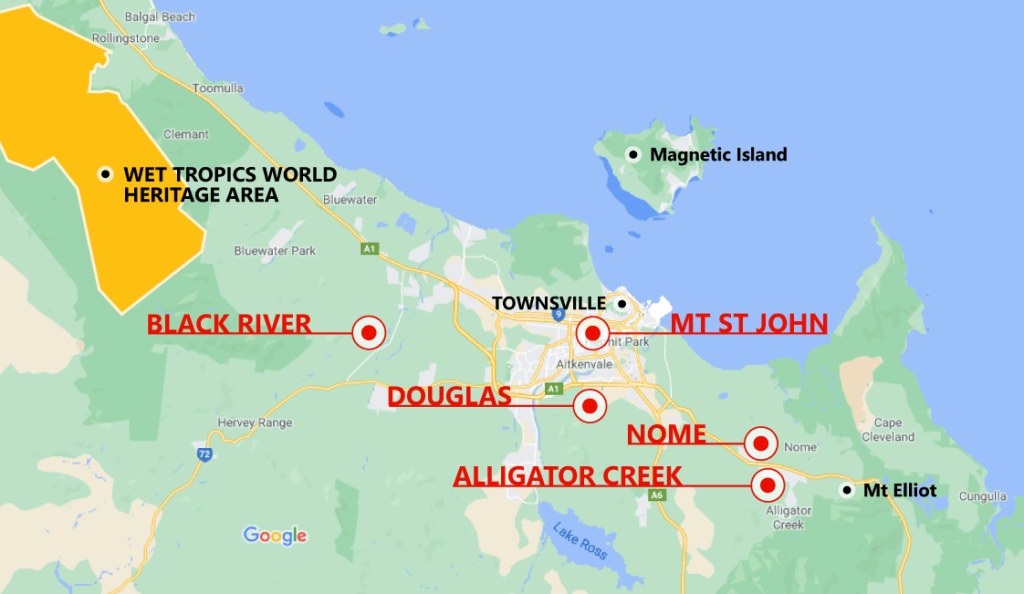
We have much to do
- We want to make a strong case to the Queensland and federal governments to include eradication of yellow crazy ants from Townsville in next year’s budgets.
- We want to work with local communities to strengthen the case for immediate action.
- We want to promote our detailed plan explaining why we need more than $3 million annually over ten years to properly fund the Townsville eradication program.
If we don’t stop yellow crazy ants encircling Townsville they will inevitably march on Australia’s tropical north and its incredible biodiversity hotspots.
Please donate now to help us eradicate yellow crazy ants from Townsville.

